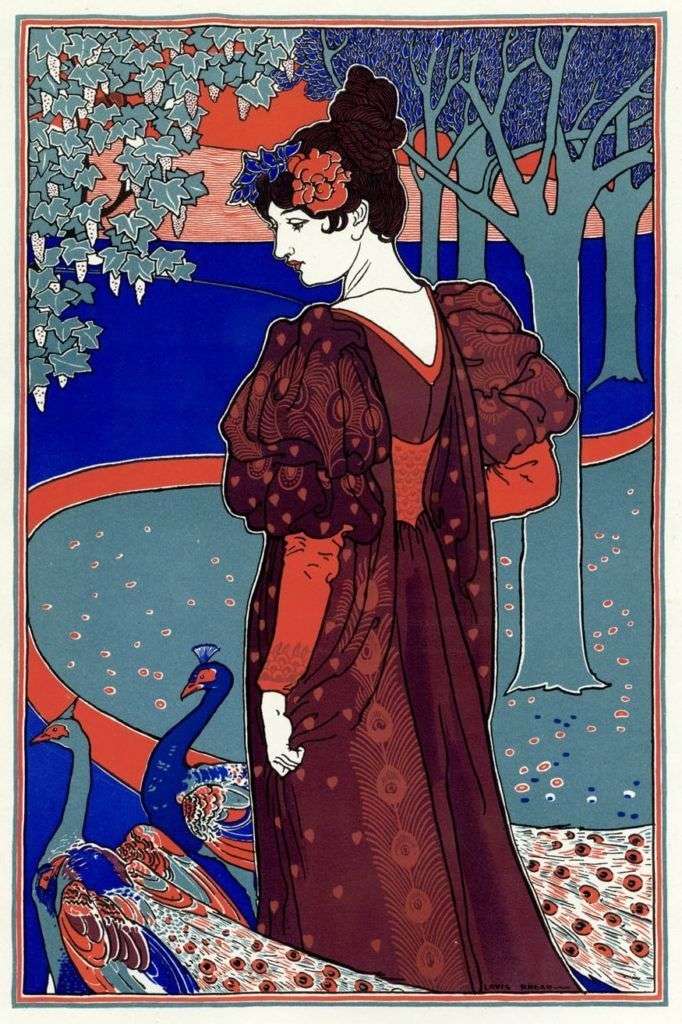
Louis John Reed was a representative of the famous ceramist dynasty in Stoke-on-Trent. In the 1870s, Louis John Reed went to Paris to study painting, then returned to England and studied at the National Art School in London, and worked briefly at the London publishing house Cassell.
While studying at art school, he probably saw the paintings of Whistler and other well-known representatives of the Aesthetic movement. This movement developed under the strong influence of Japanese art. The most characteristic features of the work of participants in the movement was the use of stylized natural motifs, which were later perceived by the representatives of the Art Nouveau style. However, aestheticism was more than just a desire for decoration. What is important is its literary aspect, which is most clearly expressed in the works of Oscar Wilde, who in turn influenced the Symbolists.
As for Louis John Reed, the aestheticism was most pronounced in his work The Lady with the Peacocks. Images of peacocks appear in Whistler and Walter Crane. In the landscape background works by Reed felt the impact of Maurice Denis from the group “Nabi”. Nevertheless, the lady depicted by Reed is dressed in the latest fashion of the time, which resembles the characters of Eugene Grasse and demonstrates an undeniable interest in Parisian haute couture. Reed’s drawing was lithographed and published in “L’Estampe Moderne” as a collectible item.
 Dama con pavos reales – Louis John Reed
Dama con pavos reales – Louis John Reed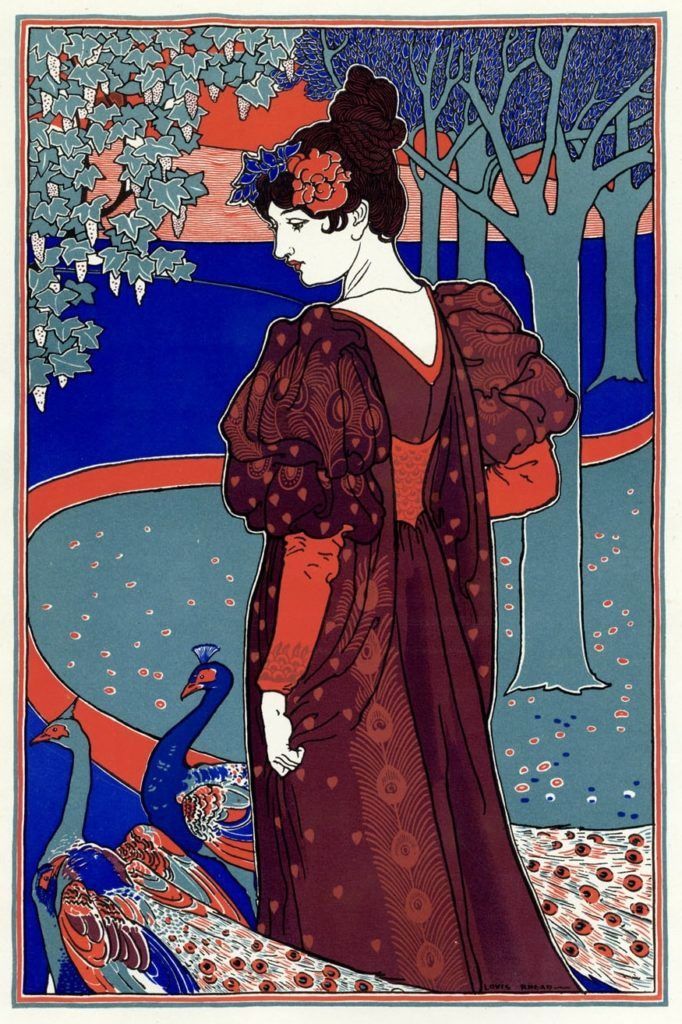 La dame paon – Louis John Reid
La dame paon – Louis John Reid Peacock. Tiffany Workshop by James McNeill Whistler
Peacock. Tiffany Workshop by James McNeill Whistler Landscape with peacocks by Paul Gauguin
Landscape with peacocks by Paul Gauguin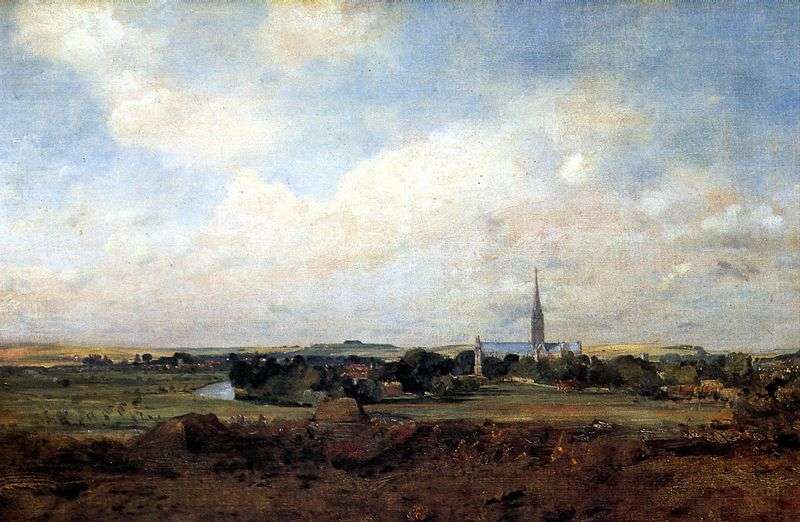 View of Salisbury by John Constable
View of Salisbury by John Constable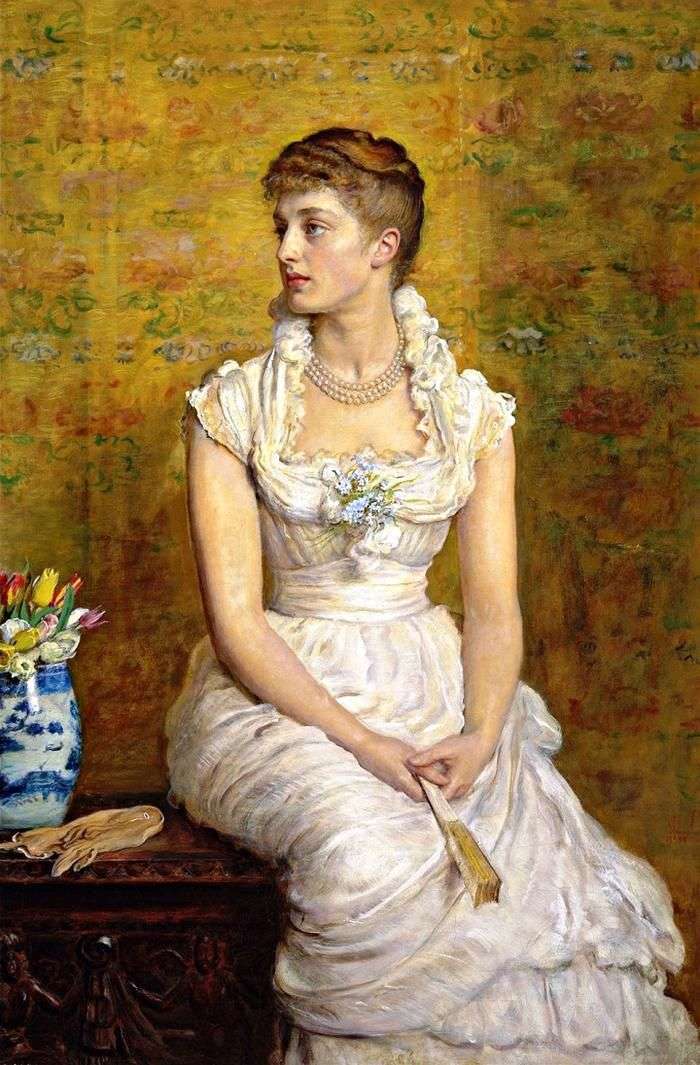 Portrait of Lady Campbell by John Everett Milles
Portrait of Lady Campbell by John Everett Milles Symphony in White No. 3 by James Whistler
Symphony in White No. 3 by James Whistler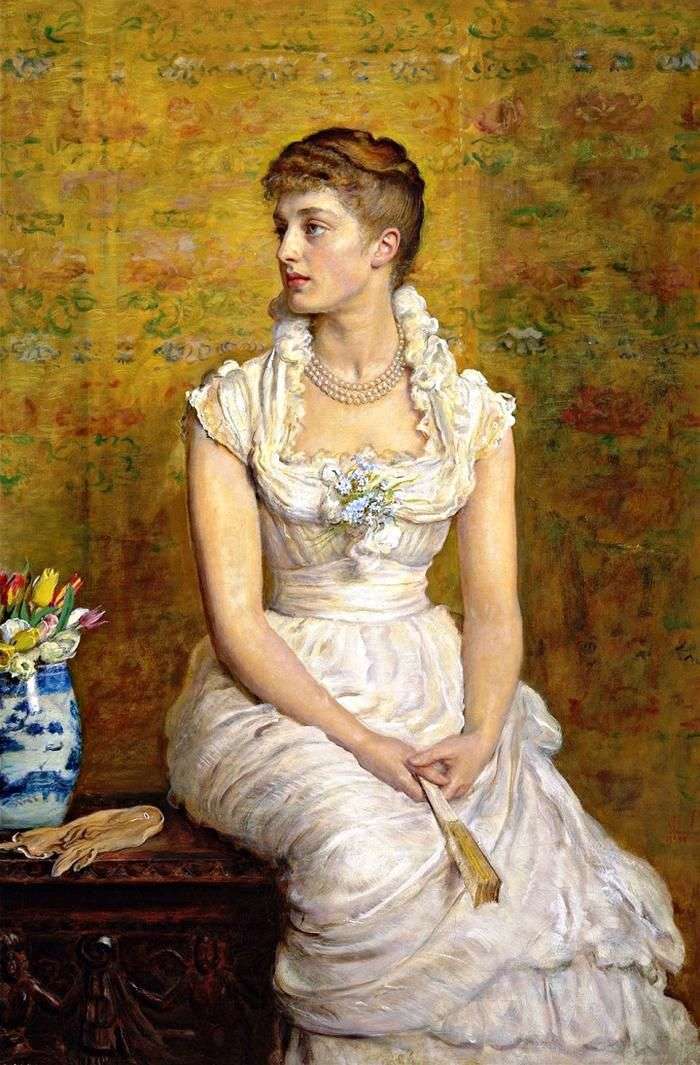 Retrato de Lady Campbell – John Everett Milles
Retrato de Lady Campbell – John Everett Milles